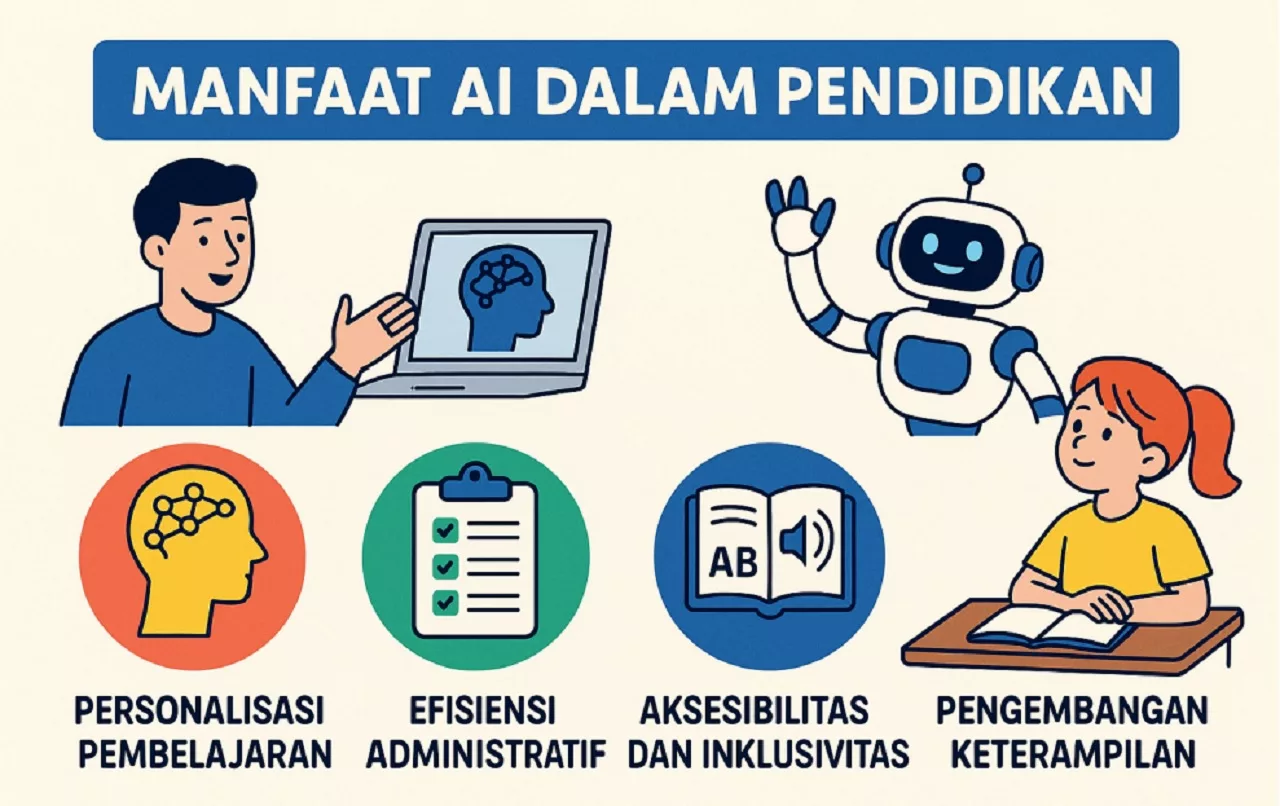Your child is in their junior year (grade 11) in an American-curriculum high school in the United Arab Emirates (UAE). Is it time to start them on their scholastic assessment test or SAT test preparation in Dubai, or should you wait? Does your child even need to take the SAT?
Read on to find out the answers to these questions and more.
What Is the SAT, and Does Your Child Need It?
The Scholastic Assessment Test is a College Board-administered standardized examination designed to evaluate a student’s readiness for college. Universities and colleges worldwide recognize it and accept it as evidence that a student has the necessary aptitude for college-level lessons.
Of course, some colleges and universities may require a different standardized test (e.g., the American College Test), although those that recognize the SAT also usually accept the ACT in lieu of the SAT, and vice versa. Some also have their own admission tests (e.g., the University of Cambridge).
There are also institutions of higher learning that do not require the SAT or similar standardized tests. A top U.S. university, the University of California (Berkeley and Los Angeles), does not consider SAT or SAT-equivalent scores in undergraduate admission applications. Yet others are test-optional; they don’t require SAT scores but would accept them if they’re presented.
The U.S. Ivy League schools of Harvard, Yale, Brown, Cornell, Columbia, Princeton, Dartmouth College, and the University of Pennsylvania became test-optional because of the pandemic. Harvard even decided it won’t require standardized college admission test scores for the Harvard College classes of 2027-2030.
A top U.S. university, California Institute of Technology (Caltech), has decided it will not consider SAT scores until the Fall 2025 cycle. Caltech says it won’t even look at SAT scores when reviewing admission applications and asks applicants not to send them. Meanwhile, New York University (NYU), another top U.S. university, has gone test-optional; admission applicants may send their SAT scores — or not.
Given that there are universities that don’t consider the SAT, have chosen to make submitting SAT and standardized test scores optional, or have temporarily suspended their SAT requirements, should your child still take the SAT?
Yes, because “some” does not make “all.”
Stanford University and the Massachusetts Institute of Technology are among those that continue to use SAT scores to evaluate applicants for undergraduate program admission.
Even universities that are currently test-optional or test-free may be SAT-optional or SAT-free only temporarily; in short, they may go back to requiring SAT scores in a few years.
Therefore, unless your child knows for sure which college or university they will apply to and you’re confident it will not require SAT scores when your child applies for admission, it’s best to get your child to prepare for and take the SAT.
Even if you’re sure your child’s target university won’t require SAT scores, you should still encourage your child to take the SAT.
Having their SAT scores ready will give your child more options when it’s time to work on their admission applications.
What if your child suddenly changes their preferred university to one that requires the SAT?
The SAT may also be a requirement when applying for financial aid, scholarships, or other similar programs.
The SAT Exam Structure
The SAT exam used to be administered as a pencil-and-paper test. However, the College Board announced in January 2022 that, in 2023, the SAT will become fully digital.
The digital SAT will be one hour shorter (two hours long) than the traditional SAT (three hours long) but with more time allotted per question. The reading passages will be briefer in the digital SAT and cover a broader range of topics, too.
However, it will continue to be scored on a 1600-scale and administered by proctors in authorized testing sites or schools to ensure testing fairness and security.
Three Tests Comprise the SAT
1. The Reading Test
The Reading Test consists of reading passages. In the pencil-and-paper SAT, the five reading passages are each linked to several multiple-choice questions for a total of 52 reading questions. In the digital SAT, there will be shorter passages with one question tied to each.
The Reading Test measures a student’s reading comprehension. It tests a student’s ability to:
- Identify how the passage author uses evidence to support a claim.
- Understand contextual meanings.
- Analyze and interpret historical, social studies, and scientific data.
2. The Writing and Language Test
The Writing Test also involves passages and multiple-choice questions linked to these passages. The shift to the digital SAT will also lead to changes in passage length and test organization for this portion of the SAT.
In the Writing Test, the students must improve how the ideas are expressed in the given passages. They may be asked to:
- Improve topic statements and thesis statements.
- Reorganize the way the information is presented.
- Eliminate wordiness.
- Improve flow.
- Change the tone and style.
Students also need to demonstrate their proficiency in standard English conventions by correcting errors in:
- Sentence structure
- Usage
- Punctuation
3. The Math Test
The math segment tests students on their readiness for college math. It has a calculator and a no-calculator portion and is in multiple-choice format. However, some questions require students to write the answer instead of simply choosing a solution from available options.
The Math Test is designed to elicit students’ knowledge on:
- Algebraic linear equations and systems
- Problem-solving
- Data analysis
- Complex equations
- Mathematical manipulation
- Geometry
- Trigonometry
When Is the SAT?
The College Board administers the SAT seven times a year — August, October, November, December, March, May, and June — although there may be fewer testing dates for international SAT takers.
For instance, there’s no November testing date in the 2022-2023 school year for test-takers outside the United States and its territories.
Your child can take the SAT on any of the testing dates at an authorized testing center, and they can take the SAT as many times as they want. Taking the SAT multiple times typically leads to an improvement in SAT scores.
At the very least, you are urged to let your child take the SAT at least twice: once in their junior year (grade 11) and again a month or two before their college application deadlines. Make sure to account for the time it takes for the College Board to release scores. Of course, with the digital SAT, SAT scores should be available in days instead of weeks.
Prepare Your Child for College With the SAT
The SAT is a widely accepted and recognized standardized college readiness assessment test.
Encourage your child to take it, especially if you plan to send them to a college or university overseas.
You can enroll your child in an SAT preparation program so they can practice sitting for the SAT with an SAT diagnostic test and SAT exercises. (DW)












